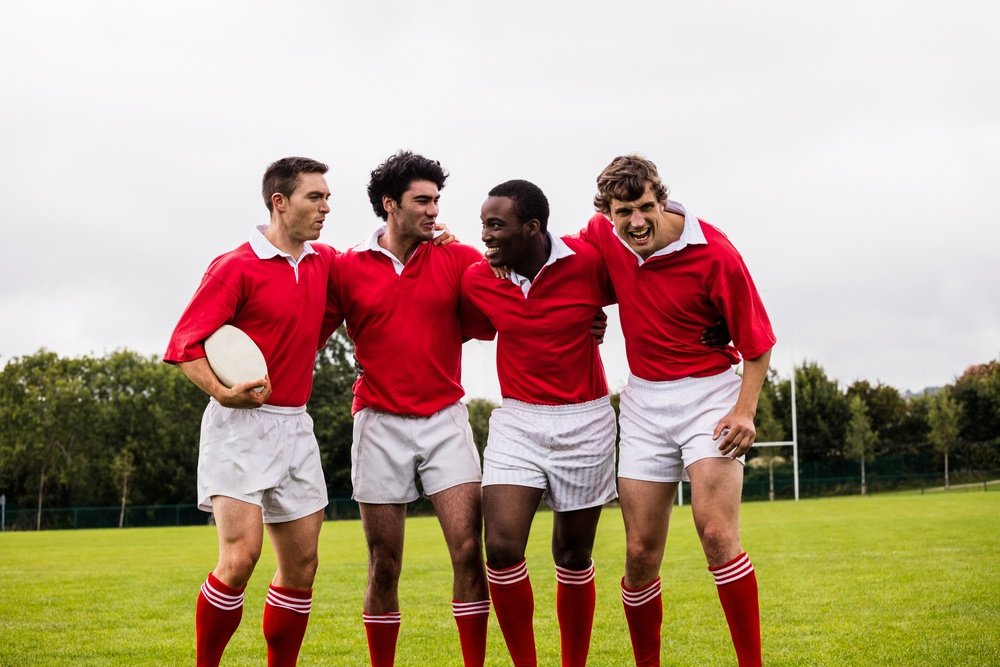How can I prevent an ACL tear?

No matter whether you are a weekend or professional athlete, you probably don’t want to find yourself out of the game due to an ACL tear.
While it is difficult to avoid an injury caused by unexpected player-to-player contact, there are steps you can take to steer clear of missing valuable playing time due to an ACL injury.
The most common causes of an ACL tear include change of direction or a cutting manoeuvre combined with sudden stopping, pivoting with the knee nearly fully extended when the foot is planted and an awkward landing from a jump. The best way to avoid an ACL injury is to develop your body awareness, strength and balance so you can better support your knees during these actions.
Try to incorporate some of these methods into your training routine to help reduce your risk of ACL injury:
- Some team physicians now recommend athletes undertake an ACL conditioning program that will prepare a player’s knee to better withstand any of the injury-causing behaviours. This program generally incorporates a range of training drills that require balance, power and agility. Plyometric exercises, for example jumping and balancing activities, can help improve your muscular reaction and neuromuscular conditioning, which then reduces the risk of injury.
- Learning to pivot properly, maintain a centre of strength and activate the right muscles during exercises can also help to prevent injury.
- Warming up, stretching and cooling down properly will help prepare your muscles and tendons for the game ahead and for recovery.
- Leave time for rest. Don’t let a packed schedule of work, schoolwork, games, practices and training leave you so tired that your technique gets sloppy. Ensure you provide time for rest days and adequate sleep each night.
Another great tip to help prevent an ACL injury is to get a real understanding of how the ACL works and the process involved if an injury does occur.
One of Newcastle and the Hunter Valley’s top Orthopaedic Surgeons, Dr Stuart MacKenzie has created a free guide on ACL injuries and knee reconstructions.
25 Jul 2018
Published by Default Admin